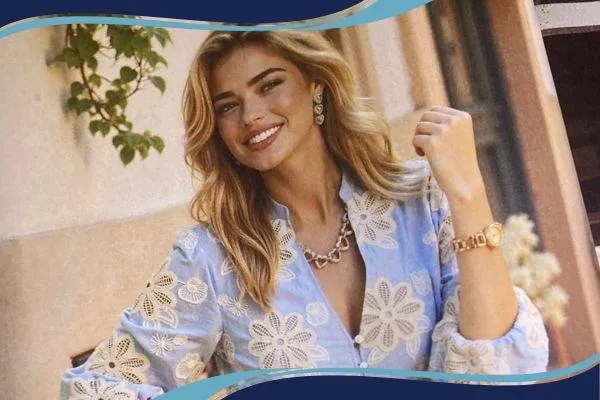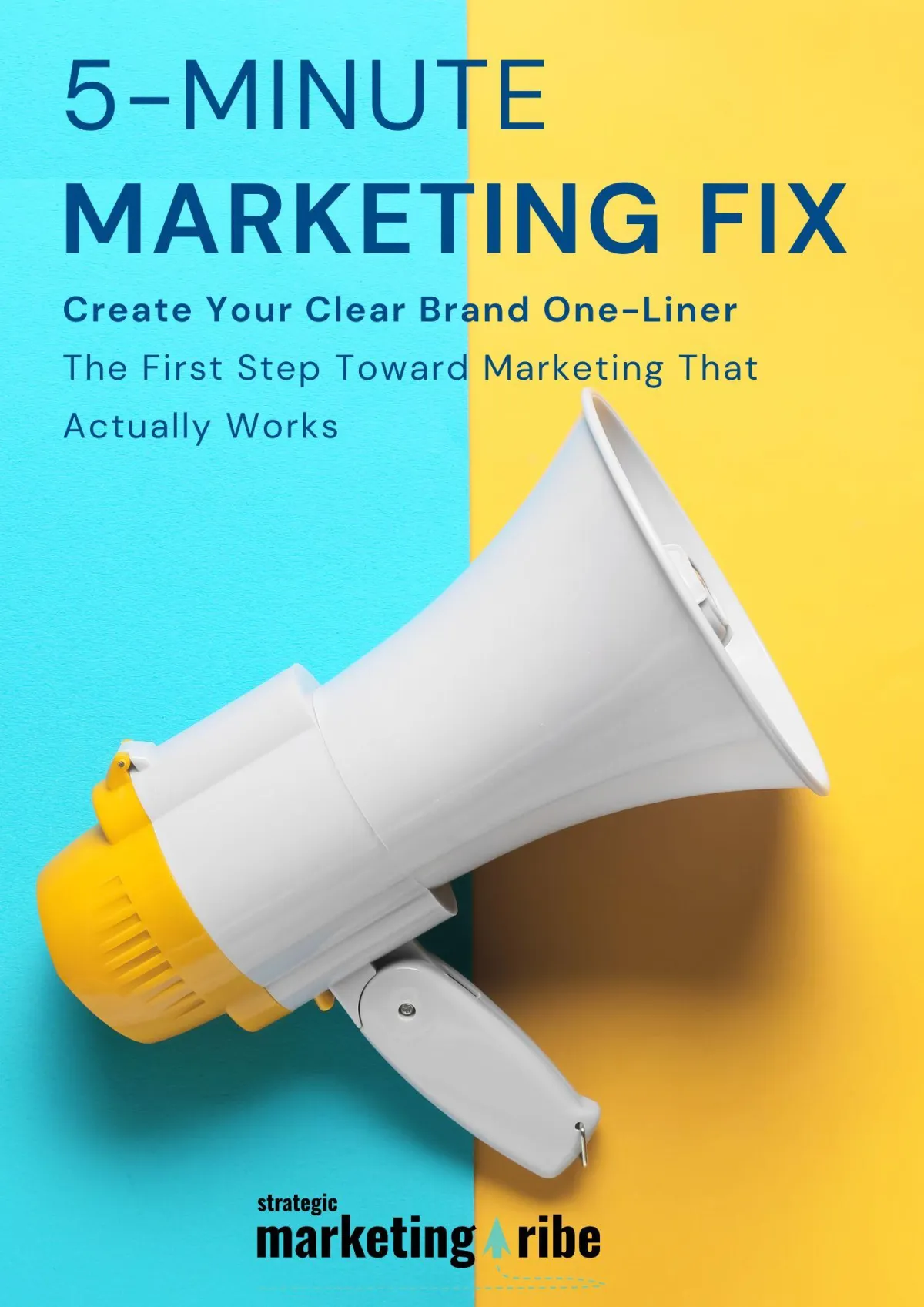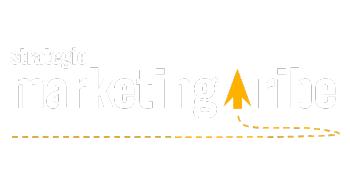STORY, MEET STRATEGY
Let’s make marketing feel less robotic and more real.
Find resources that bring your message—and your business—to life.

Vogue’s AI Model Ad Backfires—Marketing Lessons for Small Businesses
By Vicky Sidler | Published 6 August 2025 at 12:00 GMT
When Guess took out a double-page ad in Vogue’s August issue, they probably expected compliments on the outfits—not a Twitter storm about “disturbing” AI-generated models.
The glossy spread featured a blonde “model” named Seraphinne Vallora—an AI creation sitting in a floral playsuit in one shot, and leaning against a blue wall in a chevron dress in another. The only human-sounding part of her? Her name.
Fine print confirmed she wasn’t real. Readers didn’t take it well.
One post summed up the mood:
“Great. The new beauty standard will be, literally, unobtainable because it’s not real.”
Others saw it as progress: faster, cheaper, and—if you ignore the backlash—efficient, according to Independent.
But beyond the social media noise, this campaign is a cautionary tale for every business testing AI in marketing.
TL;DR
Guess ran an AI model ad in Vogue; fine print disclosed it
Backlash over unrealistic beauty standards and lost creative jobs
Debate split: efficiency vs. ethics
Risk: alienating your audience if AI use clashes with your brand values
Need help getting your message right? Download the 5-Minute Marketing Fix.
The Spark—and the Fire:
Seraphinne Vallora isn’t a real person. She’s the product of an AI marketing agency that also works with Harper’s Bazaar and Elle.
Some saw the tech as exciting. Others saw it as a slap in the face to human creatives—models, makeup artists, set designers, assistants, even caterers.
Plus-size model Felicity Hayward voiced concerns that years of diversity progress in fashion could be undermined if brands replace real people with digital ones.
The brand message wasn’t just the clothes—it became a referendum on AI in fashion.
What This Means for Small Businesses:
You might not be booking a Vogue ad anytime soon, but the lesson is relevant: Tech isn’t just about what it can do—it’s about what your audience wants it to do.
If your customers value authenticity, transparency, or inclusivity, dropping AI-generated visuals into your campaign could feel like a bait-and-switch.
Three things to consider before using AI in your marketing:
Will it clash with your values?
If your brand champions real people, local artisans, or diversity, AI models may send the opposite message.Will it alienate your audience?
If your customers expect authenticity, a synthetic image—even disclosed—might create distrust.Will it cut off collaboration?
Replacing human contributors saves money short-term but can hurt relationships and creativity long-term.
The Opportunity (If You Get It Right):
AI tools can still be incredibly useful—if they’re used to enhance human creativity, not replace it. For example:
Using AI to brainstorm campaign concepts that humans then execute
Speeding up post-production edits for real photography
Creating mockups before investing in a full shoot
It’s about augmentation, not substitution.
Trust Is Still the Real Asset:
Guess’s ad sparked conversation because it tapped into a bigger question: Where’s the line between innovation and alienation?
For small businesses, the takeaway is simple: Be clear about your values, and make sure your tech choices reinforce them—not undermine them.
And if you’re not sure how to express that clearly? That’s where your messaging matters.
👉 Grab the free 5-Minute Marketing Fix
And get a simple one-liner that tells people exactly what you do—and why they should trust you.

Created with clarity (and coffee)






